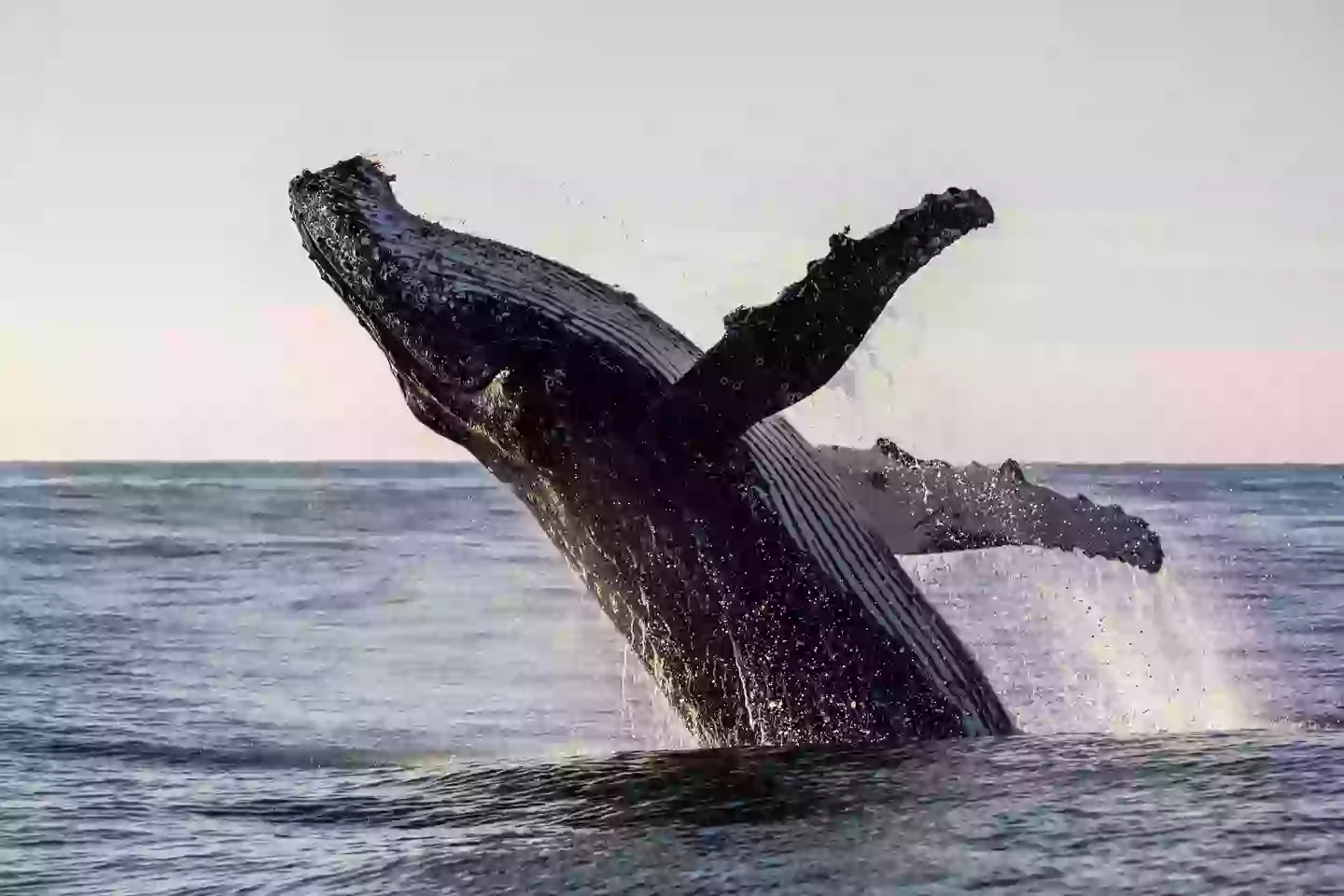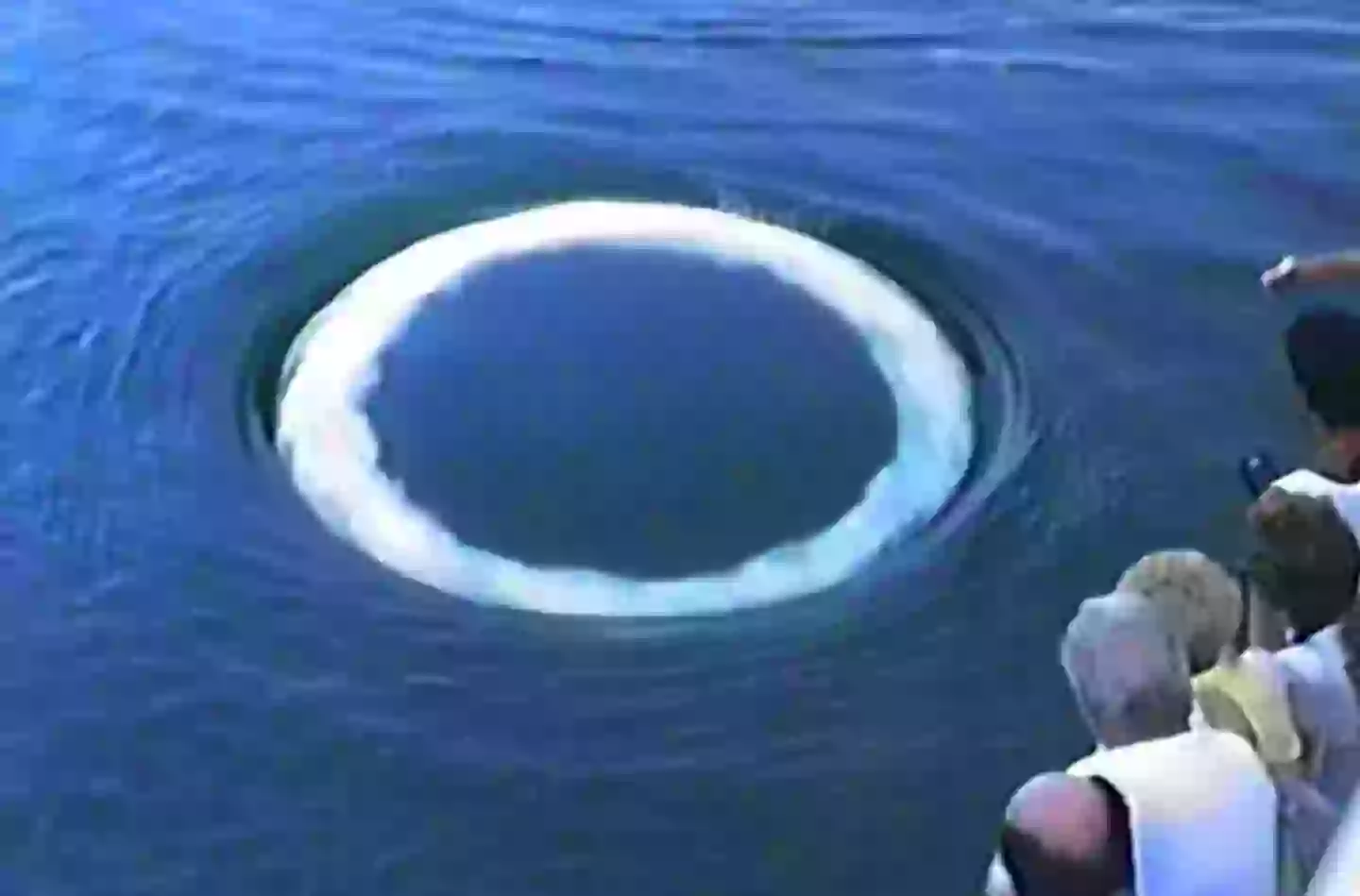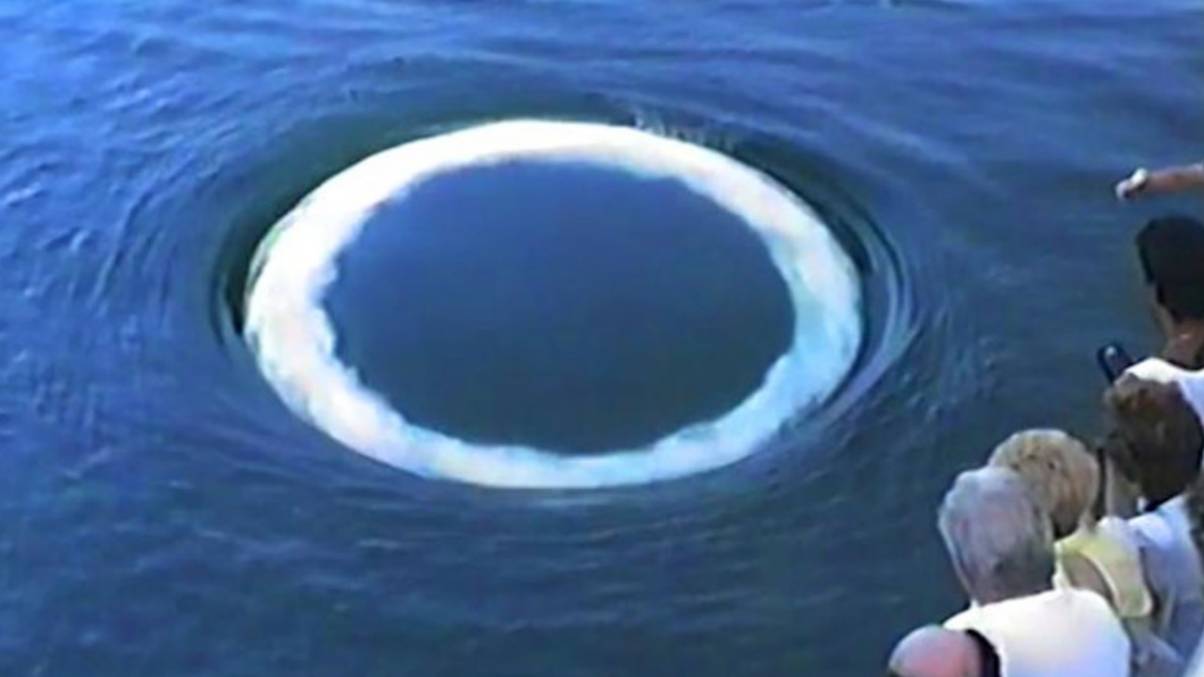Mysterious Bubble ‘Smoke’ Rings Baffling Scientists Could Unlock Secret Clues to Alien Life
Ever stared out at the ocean and seen what looked like giant smoke rings floating beneath the waves and wondered—is this some underwater hipster whale smoking a bubble pipe? Well, it turns out those aren’t rings of smoke at all, but colossal bubbles artfully crafted by none other than humpback whales. Surprisingly, these playful creatures are blowing bubble rings that linger longer than your average cigarette puff and might actually be trying to strike up a friendly chat with us humans. Intrigued? These bubbly “greetings” could open new doors not just in marine mammal magic but also in our quest to decode alien life signals. Who knew whales might be the unexpected cosmic communicators we’ve been searching for? Dive into the quirky depths of this discovery—it’s as fascinating as spotting a whale blowing smoke rings! LEARN MORE.
A number of ‘smoke’ rings have been spotted in oceans around the world and a new study suggests it could help us in our search for extra-terrestrial life.
These rings aren’t actually made of smoke at all, actually being made of bubbles that are being blown by humpback whales.
In a behaviour that looks eerily similar to a human smoker blowing rings or ‘Os’ themselves, these rings are far larger and stick around for longer in the water.
It is suggested that the actions from the sea creatures could be a friendly interaction with humans, with those swimming or sailing past able to see the large circular shape.
They may represent a form of curiosity, and might even aid humans in their search for alien life.
Though these signs have only been seen in an ocean environment, researchers at the Search for Extraterrestrial Intelligence (SETI) Institute and University of California believe them to be promising, publishing their findings in the journal Marine Mammal Science.

Humpback whales could be the key to understanding alien communication, say researchers (Getty Stock Image)
Bubbles are known to be used as tools by Humpback whales, whether it be in a method to herd fish, or making bubble trails to attract mates, but this new behaviour isn’t related to their eating habits or reproduction, the study says.
It suggests that they are attempts to communicate with humans, as co-lead author Dr Fred Sharpe explained: “Humpback whales live in complex societies, are acoustically diverse, use bubble tools and assist other species being harassed by predators.
“Now, akin to a candidate signal, we show they are blowing bubble rings in our direction in an apparent attempt to playfully interact, observe our response, and/or engage in some form of communication,” the UC Davis Affiliate added.
Researchers looked at 12 instances where 11 individual whales across the world exhibited the behaviour, as every case saw the whales approach the on-looking humans to release a total of 39 bubble rings, in a study titled ‘Humpback Whales Blow Poloidal Vortex Bubble Rings.’
This new study is part of the WhaleSETI project, focusing on non-human intelligence as a way to better understand potential signals in the future from alien life.
Scientists say that understanding how non-human, non-terrestrial beings display curiosity or other feels can help to better understand any future alien intelligence we may run into.

Researchers have been monitoring the behaviour of humpback whales leaving these rings (Dan Knaub, The Video Company)
These findings could lead to a better understanding of communication from extra-terrestrial intelligence, says SETI Institute scientist and co-author Dr. Laurance Doyle.
“Because of current limitations on technology, an important assumption of the search for extra-terrestrial intelligence is that extra-terrestrial intelligence and life will be interested in making contact and so target human receivers,” he added.
Dr. Doyle said that this assumption is ‘supported’ in the evolution of humpback whales’ ‘curious behaviour.’
Co-lead author Jodi Frediani pointed out the ‘friendly behaviour’ from humpback whales to humans, explaining: “We’ve now located a dozen whales from populations around the world, the majority of which have voluntarily approached boats and swimmers blowing bubble rings during these episodes of curious behaviour.”

















